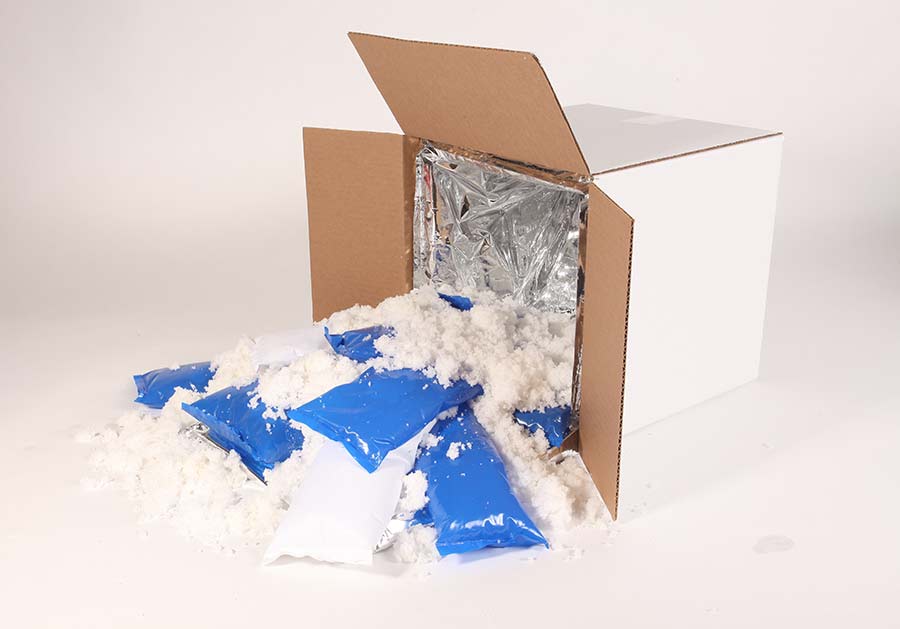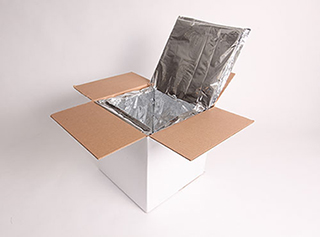With overnight or second-day shipments, we recommend first determining the shipping fees for your packages for a variety of weight scenarios by discussing your requirements with various shipping companies. If you are projecting substantial shipping volumes, you can expect to negotiate your fees for transport. Knowing this when you enter the discussion can result in substantial savings.
If your clients do not require overnight shipping, the question you should be asking to find the most cost-efficient shipping process is: ‘What is the slowest I can ship products to their destination, while still guaranteeing safe arrival?
Many meat shipping businesses assume that shipments must be delivered overnight to keep products safe. However, it is important to consider that two-day shipments are significantly cheaper, and might be suitable for your requirements. Reducing the cost borne by your customers can add to your bottom line and if passed on to your end users, makes you a more competitive provider.
The art of performing this work is to achieve the perfect balance that allows you ship your products at the right temperature, while using insulation products that help you use the least amount (weight) of refrigerant products, thus lowering your net shipping cost.
The guidance we have provided applies to all meat supplier businesses, whether you are a mail order meat company, a retail wholesaler, or something else. If you would like more specific advice relating your business requirements, get in touch with our team as we’ll do our best to help.
IPC can provide custom insulated shipping solutions to all types of meat businesses. Whether you are sending small packages to consumers, or bulk shipments to business customers, our experienced team helps you to do it efficiently and cheaply. Get in touch today for a custom quote.








